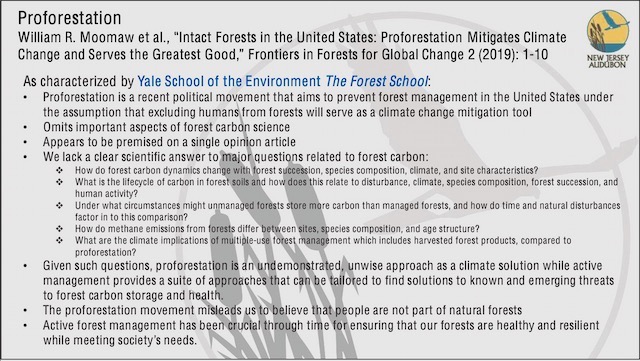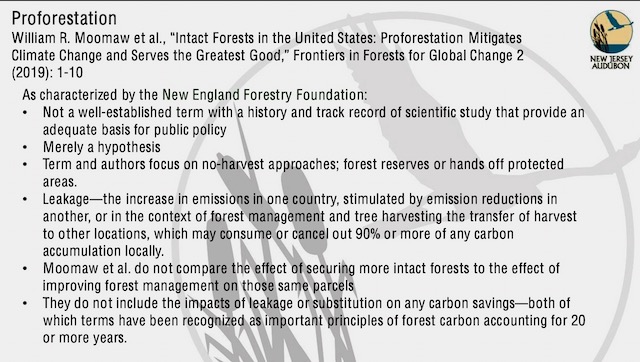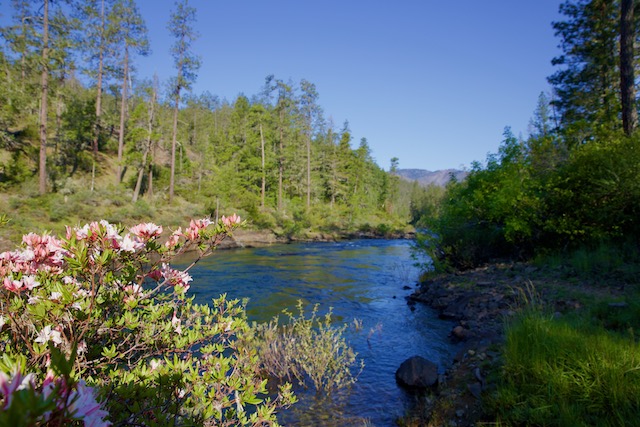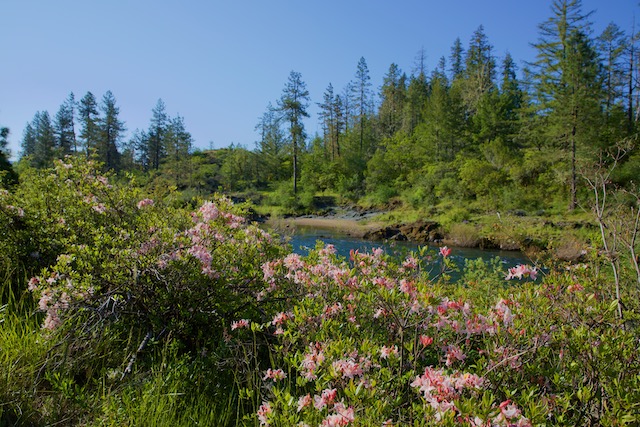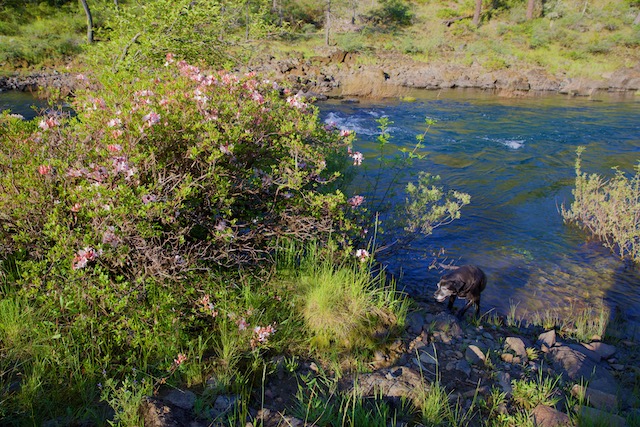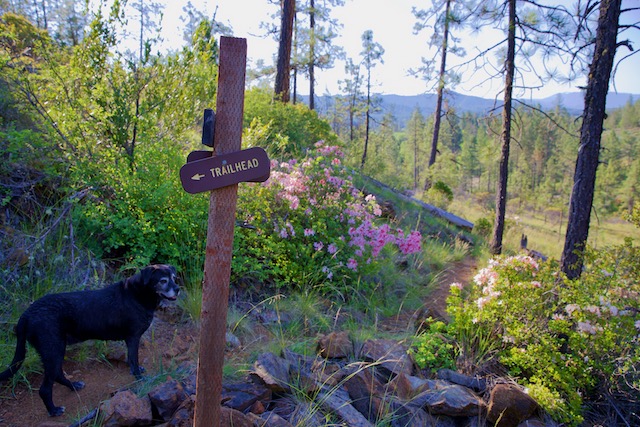Archive
DEP, Rutgers, and NJ Spotlight Urged To Correct Misleading Reporting On Cancer Risks
This is a followup on my prior post today on the alleged Colonia High School cancer cluster story.
I just sent the following email to Rutgers professor Dr. Keith Cooper, who I know as head of the NJ Drinking Water Quality Institute. I sent it to him because I do not have contact information for his Rutgers colleague Dr. Laumbach.
I also sent it to DEP Commissioner LaTourette in hopes that DEP can clarify the real risk issues, including whether DEP sampled indoor and ambient air.
Finally, I sent it to NJ Spotlight reporter Jon Hurdle and his editor John McAlpin in hopes that Spotlight can remedy reporting flaws in followup coverage:
Dear Dr. Cooper – I am writing to you to request that you pass on my concerns to your colleague, Dr. Laumbach, regarding his quotes in today’s NJ Spotlight story on the alleged cancer cluster at Colonia HS in Woodbridge.
Dr. Laumbach’s quotes, if accurate and in context, are misleading by arbitrarily narrowing the scope of potential exposures and risks to ionizing radiation and the location of those exposures to the school environment.
Of course, this ignores potential chemical exposures from multiple exposure pathways and multiple locations (as well as
ignoring cumulative risks and population vulnerabilities). As a result, the actual risks are greatly minimized.
Dr. Laumbach’s research on PFAS in Paulsboro suffers similar fatal flaws.
I am copying DEP Commissioner and NJ Spotlight reporter Jon Hurdle in hopes of publicly clarifying and correctly communicating these risk and public health issues.
Respectfully,
Oil, Chemical, And Pharmaceutical Polluters Dodge Scrutiny In Alleged Cancer Cluster Investigation
Did DEP Sample Indoor and Ambient Air Quality?
From the beginning, we were highly skeptical of the “cancer cluster” findings of the person we dubbed the “Facebook epidemiologist”, who not only misled people on epidemiological issues, but advanced an implausible causal mechanism (the radioactive rock), see:
We reached out multiple times via email to warn NJ Spotlight reporter Jon Hurdle not to rely on this “information” and instead cultivate qualified sources, like real epidemiologists and scientists. We told Hurdle to report DEP regulatory data and hold DEP accountable to CDC/ATSDR analytical frameworks, see:
So, we were not surprised by today’s news reports that State officials found that there is no cancer cluster, based on epidemiological data: (NJ Spotlight)
Department of Health Commissioner Judith Persichilli said that 98 to 105 students who attended the school between 1968 and 2021 could statistically be expected to get brain cancer — similar to the number that was published on the social media list.
However, we continue to question claims or inferences that there is “no evidence” of any known cancer risks, including brain and central nervous system cancers.
There is plenty of evidence of ongoing exposure to multiple known and suspected chemical carcinogens.
We also question the assumption that radiation is the “most likely” or sole potential environmental risk factor, and we reject the claim that DEP is exercising an “abundance of caution”: (NJ Spotlight)
Since radiation is the most likely environmental factor linked with primary brain tumors, DEP also — out of an “abundance of caution” — investigated possible nearby sources including naturally occurring radioactive deposits, historic land use, and hazardous site contamination records within a one-mile radius of the high school.
Note that the “nearby sources” that DEP investigated do not include air quality – indoor or ambient outdoor air or nearby sources of chemical air pollutants.
It is not exercising an “abundance of caution” for DEP to ignore these pollution sources and environmental cancer risk factors.
Note also how Mr. Hurdle’s reporting actually masks chemical (versus radiological) pollutants as “environmental factors”. He completely fails to mention chemicals and instead relies on “hazardous site contamination”. This allows DEP to ignore the cancer risks of chemicals in the air.
To avoid exactly this kind of gaslighting, we published DEP’s own data on ambient air quality, specifically for “hazardous air pollutants” and their estimated and mapped cancer risks, see:
That DEP data could easily have been supplemented by the data on nearby sources of chemical air releases in the DEP’s Toxic Release Inventory (TRI) database.
DEP explains what the TRI data are:
NJDEP operates a Right-to-Know program for collection of chemical inventory, environmental release, and materials accounting data from certain manufacturing sectors in the state. This includes reporting of releases and transfers of toxic chemicals to the environment, which are contained in a USEPA database known as the Toxic Release Inventory (TRI). TRI is a source of information about releases of more than 650 toxic chemicals from manufacturing and some non-manufacturing facilities throughout the United States. TRI data from affected New Jersey facilities using, manufacturing, treating or releasing any of the listed toxic chemicals are submitted to NJDEP and USEPA on an annual basis. Although the TRI database represents only a subset of total toxic emissions, the information can be used to identify trends in the release of air toxics.
The DEP hazardous air pollutant and TRI data and cancer risk mapping do not include risks from hundreds of chemicals known to be present in outdoor air.
Therefore, to highlight these risks from unregulated air pollutant chemicals, we also published the NJ Department of Health’s findings that the childhood cancer cluster in Toms River NJ was associated with an unregulated air pollutant NJ DoH found was associated with the Toms River cancer cluster: (see NJ DoH Report)
“The study found that prenatal exposure to two environmental factors in the past were associated with increased risk of leukemia in female children. These exposures were: 1) access to drinking water from the Parkway well field after the time that the well field was most likely to be contaminated, and 2) air pollutant emissions from the Ciba-Geigy chemical manufacturing plant.”
Sadly, the Rutgers scientist Spotlight relies on is playing right along with this misleading DEP game that allows industrial air polluters and DEP air pollution regulators to dodge scrutiny.
Note how Dr. Laumbach narrowly frames his remarks to cancer risks from radiation, while remaining silent about chemical risks and thereby also misleading people about other chemical cancer risks:
Dr. Rob Laumbach, a professor of environmental health at Rutgers University, said the testing on the basis of available evidence should put to rest public fears about any link between a suspected “cancer cluster” at Colonia and any elevated radiation level.
“They are ruling out that there was undue or unusual ionizing radiation exposure at the school,” Laumbach said.
Laumbach narrows the exposure assessment to not only radiation (and not chemicals), but the location of any exposure to the school, as opposed to exposure to the ambient air throughout the community (or the drinking water).
What happened here is a disgrace to the people of Woodbridge and throughout the State who continue to be exposed (unknowingly) to these chemicals and cancer risks.
NJ Spotlight reporting was a disaster and the worst of all possible worlds.
It grossly exaggerated false risks (from a radioactive rock, which a Spotlight TV report at one point even equated with Hiroshima) based on schlock Facebook “epidemiology”, all while ignoring real risks, real science, real epidemiology & real flaws in DEP environmental regulations.
This kind of “journalism” not only needlessly scares and misinforms the public, it lets corporate polluters and DEP regulators off the hook, allowing the unacceptable status quo to remain unchallenged.
[End Note:
The confusion and bad reporting can be illustrated by considering the headline of the Spotlight story.
Based on the URL, the story was originally titled:
dep-doh-test-radon-radiation-hazardous-waste-colonia-high-school-woodbridge-nj-say-no-evidence-cancer-cluster-fears
That headline focuses on 4 things: “DEP and DoH”; “no evidence of cancer cluster”; and “fear”.
The published headline of the story was:
No evidence of cancer-causing contamination at Colonia High School, officials say
That headline focuses on 4 different things: “no evidence of cancer causing contamination” at the “High School” according to “officials”.
Several distinct issues are confused and conflated in the headlines and in the text of the story in a way that can only mislead and confuse readers:
1. Who conducted the sampling? Who reviewed the sample results? Who made the claims? Why did this begin as a municipal sampling effort and transition to a DEP and DoH project? What was the basis for DEP and DoH claims?
2. What was sampled? (e.g. air (indoor, outdoor), soil, drinking water, etc)
3. What was the sampling conducted for? (e.g. radon, radiation, chemicals? etc)
4. What were the results? How do those results compare with regulatory standards and/or cancer risk levels?
5. What environmental exposures cause cancer? Which case brain and CNS cancer? Were they all sampled for?
6. No evidence for what? The presence of contamination? The presence of contamination that can cause cancer? The lack of the presence of elevated cancer incidence that could be deemed a “cancer cluster”?
7. Why does NJ have such a high cancer “background” rate? (incidence and death) What are the factors that contribute to that rate? Is it going up or down?
8. What are DEP and DoH doing to reduce cancer risks?
It is highly irresponsible to publish information that causes extreme fears and anxiety in the community, especially in a school, without fully explaining all these complex issues.
Murphy DEP Assistant Commissioner For State Forests Opposed “Proforestation” – Continues To Defend Logging Of Forests
Cecil Dismissed Proforestation as a “political movement” and “unwise approach as a climate solution“
DEP Role In Legislative Forestry Task Force Undermines Efforts To Reform Current Logging Scheme
Climate Emergency Requires Preserving Existing Forests, Which Store Carbon
The recent formation of a legislative Task Force on Forest Management by Senate Environment Committee Chairman Bob Smith has focused attention on the role of forests in the climate emergency and the importance of reforms to how NJ DEP manages State lands – particularly State forests – and the need to strengthen standards and close loopholes for what are called “Forest Stewardship Plans” (for forests on both public and private lands).
Smith explicitly spoke of the need for a “new paradigm” in light of the climate emergency.
Politically, creation of the Task Force was the result of primarily two developments:
1) over a decade long failure to enact legislation to better protect State forests and respond to the climate emergency. Senator Smith had sponsored various “Forest Stewardship” bills that were biased towards logging. Those bills triggered strong public opposition, which blocked passage; and
2) DEP (and NJ Audubon) were logging State forests and Wildlife Management Areas, while promoting various fatally flawed “Forest Stewardship Plans” (both site specific, like Sparta Mt. and statewide, like the DEP “Forest Action Plan”, see:
All those DEP initiatives also triggered strong public opposition.
Clearly, the whole purpose of the Task Force is to reform the current DEP policy that parades as “Forest Stewardship”, given the failure of that policy and the strong public opposition to it.
So, at the Task Force’s kickoff meeting, I was surprised and disturbed by the fact the DEP was allowed to make a 30 minute presentation, ostensibly to craft the “narrative”, frame the agenda, and substantively flesh out Senator Smith’s charge to the Task Force. Worse, the presentation was made by DEP Assistant Commissioner John Cecil, who in his previous role as head of Corporate Stewardship at NJ Audubon had crafted and championed exactly those controversial pro-logging “Stewardship” policies that warranted reform.
I was aware of and a strong critic of Cecil’s work at NJ Audubon, particularly at Sparta Mountain Wildlife Management Area and as a consultant to Wall Street billionaire Peter Kellogg’s elite hunting grounds called Hudson Farm. Kellogg was a longtime major donor to NJ Audubon and provided an additional $330,000 to NJ Audubon to draft the Sparta Mt. WMA Forest Stewardship Plan.
Kellogg also funded a DEP forestry staff week long junket, see:
So, Mr. Kellogg – just like his Wall Street friend Gov. Murphy – knows how to spread money around to buy support.
I always knew Cecil was a hired gun, but I was not aware of Cecil’s more recent work – or of his blunt and transparent attack of forest preservation strategies to respond to the climate emergency.
Specifically, last spring (March 2021), just before he left NJA to join DEP, Cecil, current DEP Assistant Commissioner for State Parks, Forests and Historic Sites, made an important presentation to the NJ Pinelands Commission’s Climate Committee.
Cecil’s NJ Audubon presentation was titled: Forest Conservation – NJ Pinelands
Here’s how Cecil – in the final two slides of his presentation that promoted logging – dismissed as a “political movement” and “unwise approach as a climate solution“, the leading paper in important developing field of forest management known as “proforestation”:
Ironically, Cecil hypocritically attempts to dismiss proforestation as a “political movement” when he – both at NJ Audubon and now at DEP – have been extremely political in promoting logging of NJ’s forests, under the guise of various empty slogans.
Here is the scientific and policy rationale for preserving existing forests, a strategy deemed “proforestation”:
Climate change and loss of biodiversity are widely recognized as the foremost environmental challenges of our time. Forests annually sequester large quantities of atmospheric carbon dioxide (CO2), and store carbon above and below ground for long periods of time. Intact forests—largely free from human intervention except primarily for trails and hazard removals—are the most carbon-dense and biodiverse terrestrial ecosystems, with additional benefits to society and the economy. Internationally, focus has been on preventing loss of tropical forests, yet U.S. temperate and boreal forests remove sufficient atmospheric CO2 to reduce national annual net emissions by 11%. U.S. forests have the potential for much more rapid atmospheric CO2 removal rates and biological carbon sequestration by intact and/or older forests. The recent 1.5 Degree Warming Report by the Intergovernmental Panel on Climate Change identifies reforestation and afforestation as important strategies to increase negative emissions, but they face significant challenges: afforestation requires an enormous amount of additional land, and neither strategy can remove sufficient carbon by growing young trees during the critical next decade(s). In contrast, growing existing forests intact to their ecological potential—termed proforestation—is a more effective, immediate, and low-cost approach that could be mobilized across suitable forests of all types. Proforestation serves the greatest public good by maximizing co-benefits such as nature-based biological carbon sequestration and unparalleled ecosystem services such as biodiversity enhancement, water and air quality, flood and erosion control, public health benefits, low impact recreation, and scenic beauty.
Mr. Cecil is a former consultant who was well paid to craft plans to log NJ forests.
He is an aggressive advocate of logging (under the slogans “active management” or “Stewardship”) who has both conflicts of interest and scientific bias, regarding forest management issues.
Those conflicts and bias should force his recusal from forest management decisions at DEP and disqualify him from participation in the Task Force’s deliberations.

